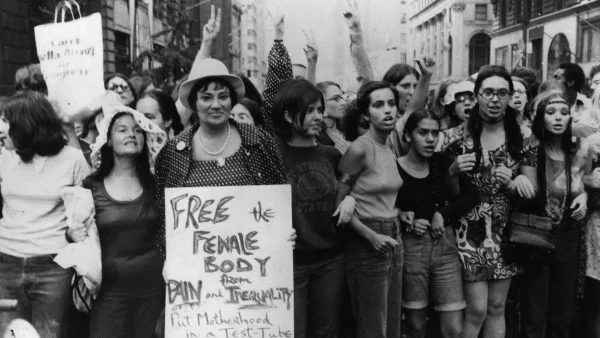OP/ED: Time To Embrace America’s College Promise Program

Last month, President Barack Obama made a proposal that may eliminate a major factor in holding high school graduates back from enrolling into college, community college that is. The President’s proposal for The America’s College Promise program offers little to no cost college tuition for two years of community college for those “willing to work for it,” in the words of the President himself.
There may be some who shrug their shoulders at the proposal, but this could be something extremely beneficial for generations to come. It is strongly believed that a two-year college degree is somewhat less valuable in today’s economy than a four-year degree. And even then, most employers are now looking for potential employees with a graduate education. However, there are still jobs out there that offer decent annual incomes and the only requirement is an associates degree.
In December 2013, Business Insider conducted a list of “23 High-Paying jobs You Can Get With an Associates Degree.” A year later, the list was revised and three more jobs were added as the year 2014 came to an end. The jobs listed ranged from mechanical technicians, engineers, and web developers to physical therapists, registered nurses, air-traffic controllers and even funereal directors. Each of the jobs posted consisted of a gross income of at least $50,000 a year.
Perhaps the jobs listed by Business Insider aren’t appealing to everyone. There is a way around that. Let’s say you want to study law or education. Taking two years off of your extended college career would be extremely helpful in the long run when it’s time to pay back those student loans. During those two years students will be able to take up general education courses that are usually required no matter what degree you intend to apply for.
With Obama’s proposal to make community college tuition little to no cost, not only would students coming out of high school have a better chance at getting more suitable careers, but the cost of college would no longer be a factor.
But whom would this plan benefit most? Yes, high school graduates, but even more specific, Hispanics. Hispanic students make up majority of the student body at public community colleges across the nation, according to information accessed through Pew Research Center. They are followed by Blacks, Asians, and lastly, Caucasians. While there are several reasons why Hispanics are most likely to enroll in two-year colleges over any other race, analysis administered by Pew Research Center suggest that the two biggest causes are the low costs of community college compared to most four-year schools and open enrollment. Majority of Hispanics are believed to come from low-income families, also tying them to the belief that students from low-income households are often less prepared for college. Though this plan will predominantly advantage Hispanics, it also contributes to the higher education of other races as well.
While Obama’s pitch for free education seems like a great start to a brighter future, there is a large factor to consider: the idea that anything that is easily accessible loses value.
Days after the President made his preposition, The Washington Post announced, “Obama’s free college plan is no panacea,” in an article that advised other states considering his proposal to look at California.
It has been reported that community colleges in California charge the lowest tuition fees in the country averaging at $1,429 a year. Not only does the state offer the lowest tuition in the nation, they also offer the Board of Governors’ fee waiver, which waives tuition for low-income students. While nearly two-thirds of freshmen enroll in to California’s two-year programs qualifying for the full tuition waiver, only approximately 50 percent are in attendance by the end of the second year.
While free or nearly free, community college seems to already exist. It doesn’t seem to guarantee an increase in graduation rates; however, this is only the result of one state.
Until Obama’ s plan is put into effect, there are other programs for students to consider. HEOP, or the Higher Education Program, provides access to higher education for students who qualify as “educationally and economically disadvantaged.”
HEOP is offered at Mercy College a long with a number of other private colleges and universities throughout the state of New York. The HEOP program at Mercy College has helped a selective group of students obtain an undergraduate degree with little to no cost for classes and an allowance each semester to strictly be used on books or other classroom material.
Other programs like SEEK and EOP are offered at CUNY and SUNY schools with similar benefits.
Students who enroll in these programs can also apply for a graduate degree with waived or lowered tuition under GOP, Graduate Opportunity Program, which is offered at select SUNY schools.
Though these programs limit the options for students to choose from, it does give students the opportunity to receive higher education at much lower cost, which is the principal of Obama’s Americas College promise program.
While the President’s proposal doesn’t assure a break through in a high degree quota, it certainly opens doors for endless opportunities, ultimately making it giant step in the right direction.

Maritza is a senior majoring in journalism and is in her first year on the Impact. Although she greatly regrets waiting so long to join such a great...












